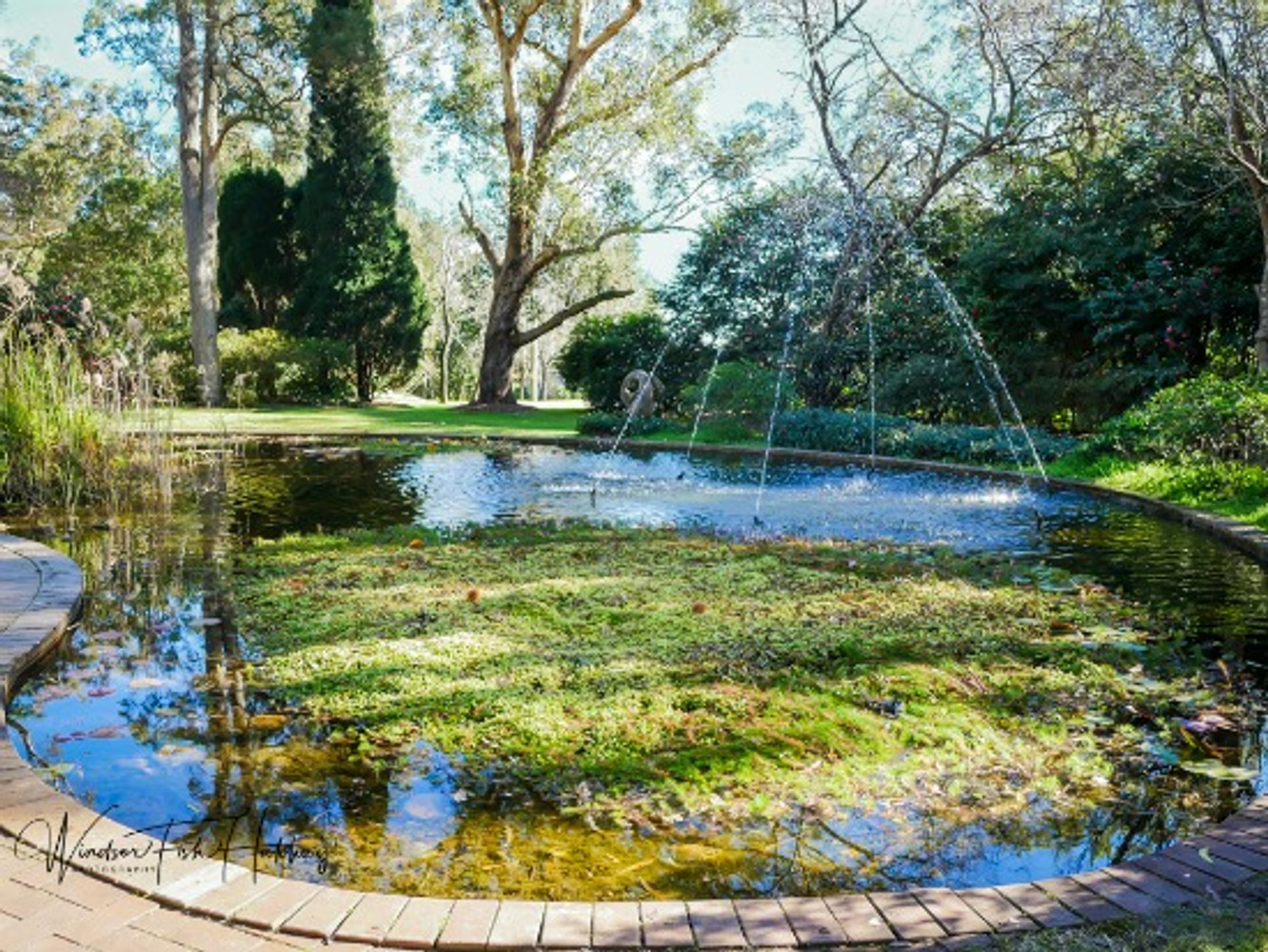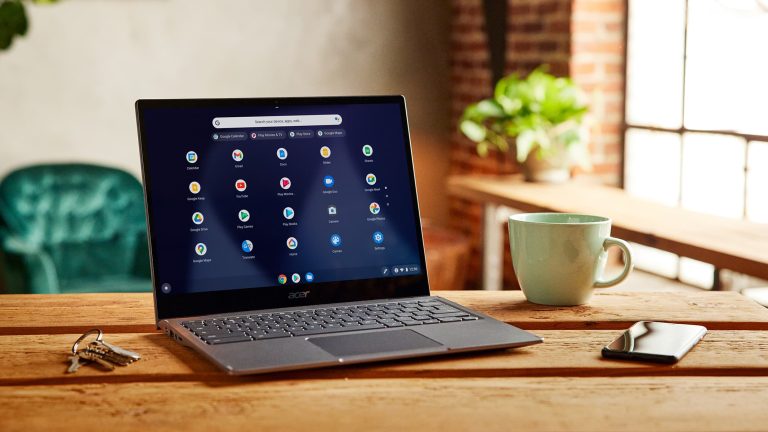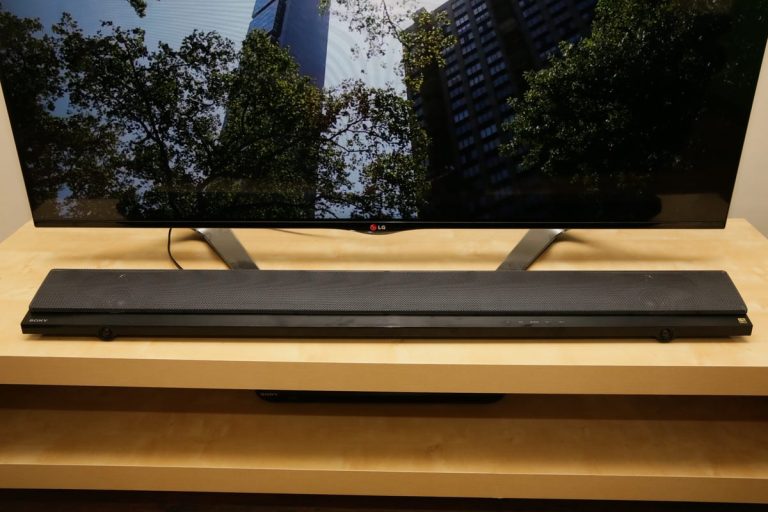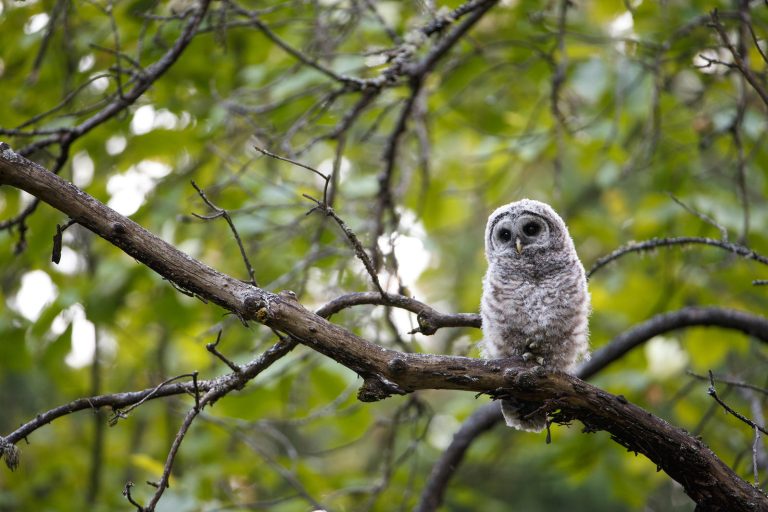How Long to Leave a New Pond before Adding Fish
You’ve finally did it. You took the plunge and decided to add a pond to your backyard oasis. After all the hard work of digging, lining and filling your pond, you are probably wondering how long to wait before adding fish.
The truth is, it depends on a few factors. If you live in an area with very hot summers, you will want to wait until late spring or early summer to add fish. This gives the pond time to warm up and for the plants to start growing.
If you live in an area with milder winters, you can add fish as soon as the pond is finished and filled with water.
If you’re thinking about adding fish to your new pond, you may be wondering how long you should wait before doing so. The answer isn’t necessarily simple, as there are a few factors to consider. Here’s a look at what you need to know about adding fish to your new pond.
One of the main things to consider is the size of your pond. If it’s small, it will take less time for the water quality to stabilize than if it’s large. In general, though, you should wait at least six weeks before adding fish.
This will give the plants and bacteria in your pond time to establish themselves and start filtering the water naturally.
Another factor to consider is the type of fish you want to add. If you’re planning on adding goldfish or koi, they are more tolerant of changes in water quality than other types of fish.
This means that they can be added sooner than other types of fish. However, if you’re planning on adding sensitive species like trout, it’s best to wait until the water quality has stabilized completely before introducing them.
Ultimately, how long you wait before adding fish to your new pond is up to you.
Just make sure that you take into account the size and type of fish you want to add when making your decision!
Cycling a new pond and avoiding new pond syndrome.
How Long Does It Take for a New Pond to Cycle
A new pond can take anywhere from a few weeks to a few months to cycle. The time it takes for your pond to cycle will depend on a few factors, including the size of your pond, the number and type of fish you have, and the amount of organic matter in your pond.
The first step in cycling a new pond is to test the water for ammonia, nitrites, and nitrates.
Ammonia and nitrites are toxic to fish, so you’ll want to make sure that these levels are zero before adding any fish to your pond. Nitrates are not as toxic to fish, but they can still cause stress and illness. Once you’ve confirmed that the ammonia and nitrite levels are zero, you can add a small number of fish to your pond.
As the fish waste breaks down in your pond, it will start to produce ammonia. This is why it’s important to only add a small number of fish at first- too many fish will produce too much ammonia and could harm or even kill your fish! The bacteria in your pond will start breaking down the ammonia into nitrites.
Nitrites are still toxic to fish, so you’ll need to continue testing the water until the nitrite levels drop back down to zero. At this point, your pond is considered cycled!
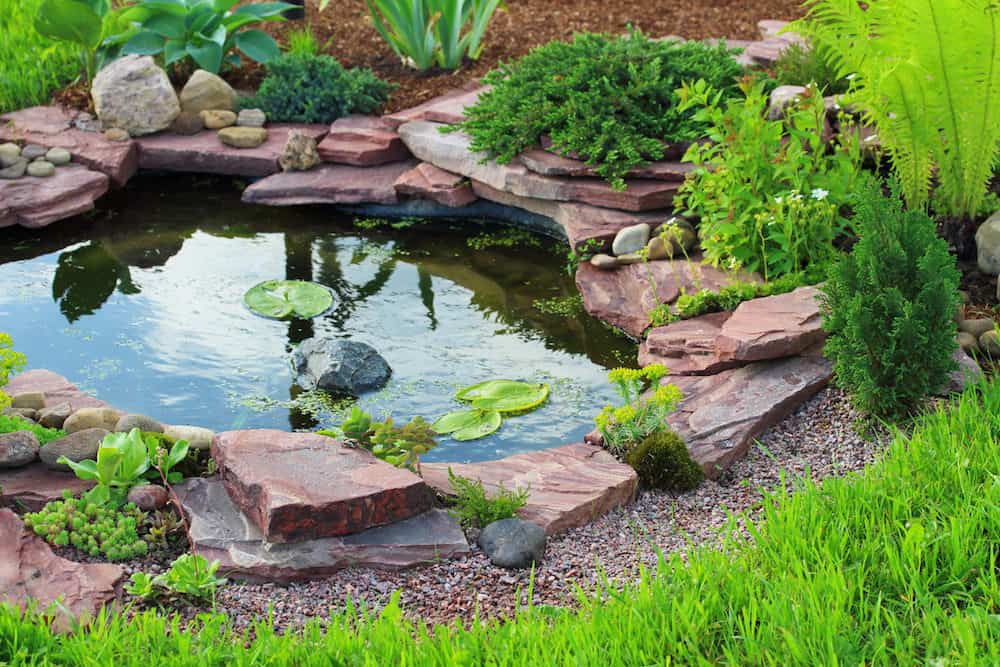
Credit: koipondhq.com
How Do I Know If My Pond is Ready for Fish?
You’ve worked hard to build the perfect pond for your backyard and now you’re ready to add fish. But how do you know if your pond is ready for fish? Here are a few things to look for:
1. Ammonia and nitrite levels should be zero. Ammonia is produced by decomposing organic matter in the pond and can be toxic to fish at high levels. Nitrites are produced by bacteria that break down ammonia and can also be toxic to fish.
Use a water test kit to check ammonia and nitrite levels before adding fish to your pond.
2. pH should be between 6.5 and 8.5. Fish are sensitive to changes in pH and prefer a neutral or slightly alkaline environment.
Test the pH of your pond water with a water test kit before adding fish.
3 . Dissolved oxygen levels should be at least 5 ppm (parts per million).
Fish need dissolved oxygen in order to breathe, so it’s important to make sure there’s enough dissolved oxygen in your pond water before adding fish. A simple way to check dissolved oxygen levels is with a Dissolved Oxygen Meter .
4 .
The Pond Water Temperature should be between 50°F – 86°F . Most species of fish prefer waters that are around 70-80 degrees Fahrenheit but can tolerate a range of temperatures depending on the type of fish you’re keeping..
Use a Pond Thermometer inserted into the deepest part of the pond away from any aeration deviceto check the temperature of your pond water before adding fish
If all these conditions are met, then congratulations! Your pond is ready for fish!
How Long Should Tap Water Sit before Adding to a Pond?
Adding tap water to a pond can be done, but there are a couple of things you need to do first. Letting the water sit for at least 24 hours will allow chlorine and other chemicals to dissipate. You should also aerate the water by either bubbling an air stone in it or using a small pump to circulate the water.
This will help to ensure that your fish don’t go into shock when you add them to the pond.
How Do I Introduce Fish to My Pond?
Adding fish to your pond can be a great way to add beauty and interest, as well as help with keeping the pond clean. But how do you go about adding fish to your pond?
Here are a few tips on how to introduce fish to your pond:
1. Start small – When introducing fish to your pond, it’s best to start with just a few. This will give them time to adjust to their new surroundings and also allow you to monitor their health more easily.
2. Choose the right species – Not all fish are suitable for all ponds.
Do some research on which species of fish would be best suited for your particular pond environment.
3. Acclimate the fish – Once you’ve chosen the right species of fish, it’s important to acclimate them properly before adding them to your pond. This process slowly introduces the fish to the different water conditions in your pond (temperature, pH, etc.) and helps reduce stress and shock.
4. Quarantine new arrivals – It’s always a good idea to quarantine new arrivals, including fish, before adding them into your main system. This helps prevent the spread of disease and keeps everyone healthy.
When Should You Stock a New Pond?
A new pond should be stocked when it is at least 18 inches deep, has a good filtration system in place, and has had time to settle. The best time to stock a new pond is in the spring or early summer.
Conclusion
A new pond can be an exciting addition to any backyard, but it’s important to take some time to prepare before adding fish. This will ensure that the pond is healthy and the fish are able to thrive. Here are a few things to keep in mind when planning to add fish to a new pond:
– The size of the pond will determine how long it needs to cycle before being safe for fish. A small pond (under 100 gallons) can usually cycle in 4-6 weeks, while a larger pond may take 6-8 weeks.
– The type of filter you use will also play a role in how quickly your pond cycles.
A biological filter is recommended as it will help speed up the process.
– Once the pond has finished cycling, it’s time to slowly add your fish. Start with just a few and increase the number over time as the pond becomes established.

